Disclosure: This article contains affiliate links. We may earn a commission from purchases at no extra cost to you, which helps our travel content.
The Great Barrier Reef coastline stretches over 1,400 miles along Queensland's shore, yet most visitors congregate at a handful of popular beaches, leaving countless pristine shores virtually untouched. As someone who spent 35 years tracking down missing persons, I've developed a knack for finding what others overlook. During my recent winter escape from Birmingham's chill to Queensland's mild June temperatures, I applied my investigative skills to uncover secluded coastal havens that don't appear in standard guidebooks. What follows is my dossier on 10 hidden beach paradises—places where couples can experience the magic of the reef without the crowds. These locations require a bit more effort to reach, but as any good investigator knows, the most valuable discoveries rarely present themselves without some persistence.
The Northern Treasures: Port Douglas Region
The area north of Cairns harbors some of Queensland's most exquisite yet overlooked coastal gems. My investigation began at Cow Bay, a crescent of golden sand nestled within the Daintree Rainforest. The juxtaposition of ancient rainforest meeting reef-protected waters creates a primeval atmosphere that feels untouched by time. During my three days exploring this region, I encountered more cassowaries than tourists—a telling sign you've found somewhere special.
Further north, I discovered the unmarked path to Cowie Beach, requiring a 20-minute trek through coastal forest. The reward? A half-mile stretch of pristine sand where my footprints were often the first of the day. The beach offers spectacular sunrise views when the low tide reveals intricate patterns in the sand and small tide pools teeming with marine life.
For those seeking romance with minimal exertion, Oak Beach sits just 15 minutes south of Port Douglas yet remains delightfully under-visited. This narrow strip of palm-fringed coastline offers uninterrupted views of the Coral Sea. I spent an afternoon here watching kites soar above the water while scanning the horizon with my compact binoculars, which proved invaluable for spotting distant sea turtles and the occasional dolphin pod.
My investigative habits die hard—I still maintain a detailed field notebook for my travels. While photographing Oak Beach's spectacular sunset, I noticed several couples had discovered this hidden gem, yet the beach remained blissfully uncrowded, with plenty of space for private picnics and quiet conversation.
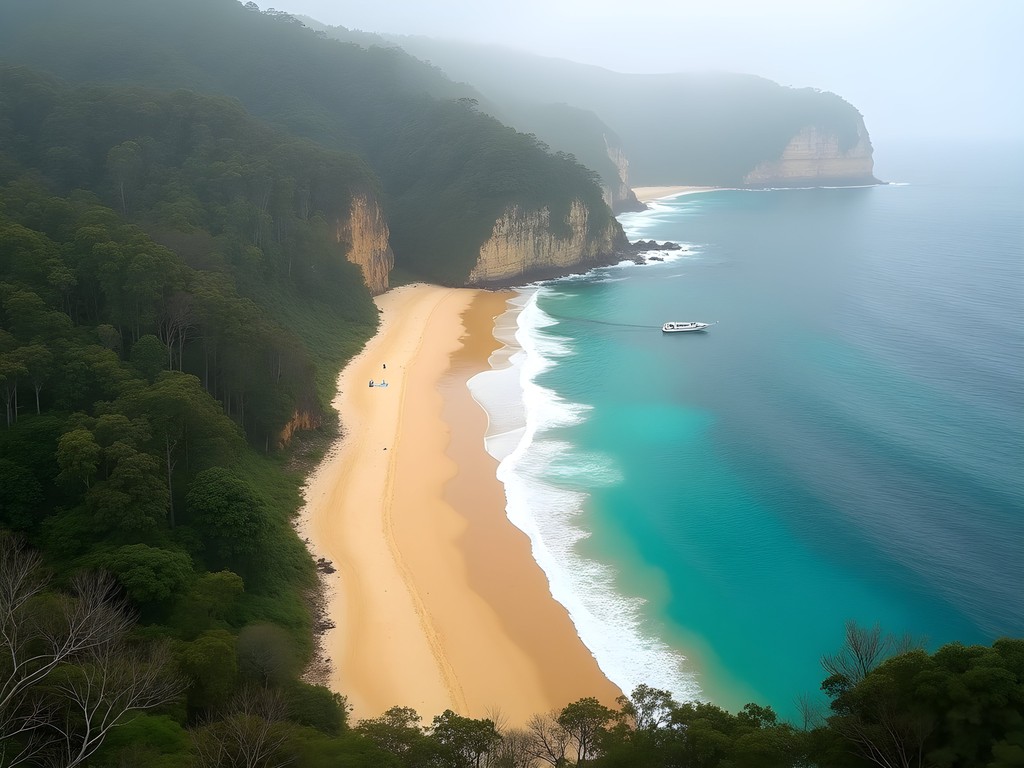
💡 Pro Tips
- Visit Cow Bay early morning for wildlife sightings along the beach edge
- Pack reef-safe insect repellent for beaches adjacent to rainforest areas
- Bring sufficient drinking water as these remote beaches have no facilities
Mission Beach Alternatives: The Quiet Side of Popular
Mission Beach appears in most guidebooks, but few travelers venture beyond its main stretch. My investigative instincts led me to Brooks Beach, located at Mission Beach's southern end. This secluded spot requires navigating a residential area and finding the unmarked public access path—skills not unlike tracking a person of interest through a crowded city.
What makes Brooks Beach exceptional is its orientation; facing northeast, it's protected from prevailing winds and offers calm waters even when main Mission Beach experiences choppy conditions. The offshore reef creates a natural swimming pool effect during low tide. I watched several couples enjoying private swimming sessions in these natural lagoons, completely undisturbed.
Hull Heads, just south of Mission Beach proper, offered another delightful discovery. This beach features a remarkable rock formation at its northern end that creates a natural infinity pool at certain tide levels. Timing is everything here—arrive two hours before low tide for the perfect experience.
During my exploration of these beaches, I relied heavily on my waterproof dry bag to protect my camera equipment and investigation tools (old habits die hard) when sudden tropical showers appeared. The ability to wade through shallow water crossings without worrying about my gear proved invaluable.
One afternoon at Hull Heads, I struck up a conversation with a local fisherman who revealed that the beach was once a significant meeting place for indigenous groups. His knowledge of the area's history added layers to my appreciation of this seemingly simple stretch of sand. This reinforced my belief that the best travel experiences often come through connecting with locals rather than following tourist maps.
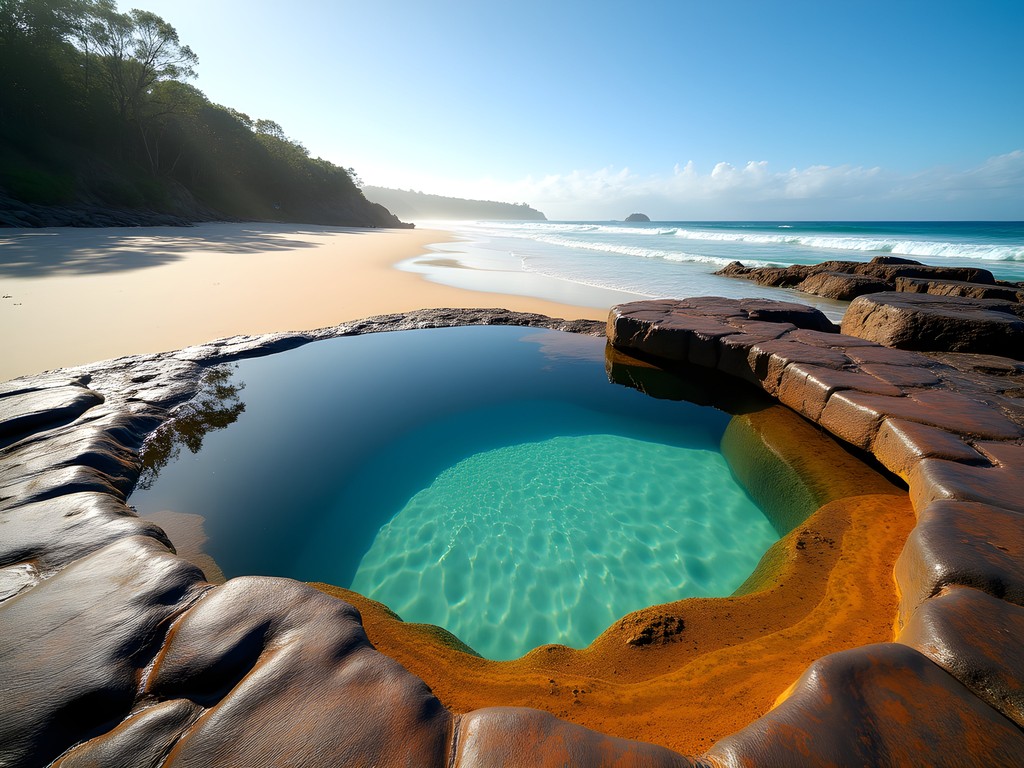
💡 Pro Tips
- Check tide charts before visiting Hull Heads to catch the natural infinity pool phenomenon
- Bring reef shoes for exploring the rocky sections at Brooks Beach
- Visit weekdays for the highest chance of having these beaches to yourself
The Whitsunday Secrets: Beyond Whitehaven
The Whitsundays are synonymous with Whitehaven Beach—that impossibly white silica marvel that graces countless Australian tourism campaigns. Yet my investigative background compelled me to look beyond the obvious. Boarding a small charter boat from Airlie Beach, I convinced the captain to make an unscheduled stop at Chance Bay, just around the headland from Whitehaven.
Chance Bay features the same silica sand as its famous neighbor but receives perhaps 1% of the visitors. The beach curves gently around a protected bay where the water graduates from pale aquamarine to deep azure. During my visit, I observed just two other couples sharing this half-mile stretch of perfection.
For those willing to venture further, Chalkie's Beach on Haslewood Island proved worth the extra charter fee. This beach requires advance planning as it's not on standard tour routes, but its isolation guarantees privacy. The snorkeling directly off the beach rivals many designated reef sites, with coral formations beginning just feet from shore.
My most treasured discovery came at sunset on Chalkie's Beach when I witnessed a phenomenon the locals call 'sea sparkle'—bioluminescent plankton that illuminated the shoreline with ethereal blue light as gentle waves disturbed them. I captured this magical moment with my night photography camera, which excels in low-light conditions.
As a former investigator, I've learned to pay attention to what people don't say as much as what they do. Tour operators rarely mention these alternative beaches—not because they lack beauty, but because their limited capacity and challenging access make them impractical for mass tourism. For couples seeking genuine seclusion, this reluctance to promote certain locations becomes a valuable clue in the search for authentic experiences.
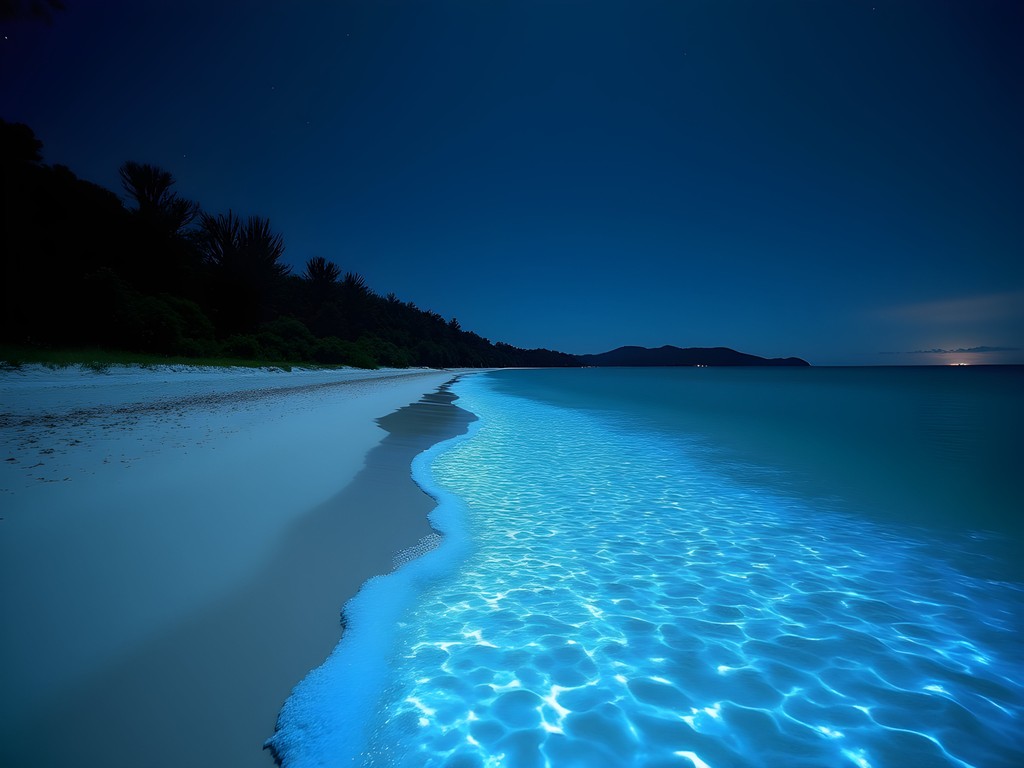
💡 Pro Tips
- Charter a private boat or join a small-group tour willing to customize stops
- Pack a comprehensive snorkel set for Chalkie's Beach's remarkable coral gardens
- Visit during weekdays in June-July (Australian winter) for optimal weather and minimal crowds
Magnetic Island's Hidden Coves
Magnetic Island, accessible by ferry from Townsville, presents an intriguing case study in overlooked destinations. While Horseshoe Bay draws crowds, I focused my investigation on the island's less accessible eastern shores. Radical Bay requires navigating a rough track that deters most rental cars, but my trail shoes made the 20-minute hike from the nearest parking area manageable. The bay's perfectly curved beach is framed by massive granite boulders that create natural privacy screens between different sections of sand.
Balding Bay, accessible only by a 30-minute bushwalk from Horseshoe Bay, rewards the persistent traveler with what I consider Queensland's most perfect beach setting. The combination of massive rounded boulders, crystalline water, and complete absence of development creates a prehistoric atmosphere. This beach has historically been clothing-optional, though during my winter visit, the cooler temperatures meant most visitors remained fully dressed.
Flora Bay, perhaps the island's best-kept secret, requires following unmarked trails and timing your visit with low tide. I spent an afternoon here completely alone, watching sea eagles soar overhead while collecting unusual shells that had washed ashore during the previous night's high tide. My investigator's eye noticed subtle indications that indigenous people had once used this bay extensively—worn depressions in rocks where tools might have been sharpened, and particular arrangements of stones that seemed deliberate rather than random.
During my exploration of these secluded coves, I encountered a local botanist who shared fascinating information about the island's unique ecosystem. The granite boulders that make these beaches so distinctive create microhabitats for rare plant species found nowhere else along the reef coastline. This conversation reinforced my belief that true travel richness comes from engaging with both people and places with genuine curiosity.

💡 Pro Tips
- Visit Balding Bay early morning when the light creates a golden glow on the granite boulders
- Check ferry schedules carefully as the last return to Townsville leaves earlier than you might expect
- Pack a detailed trail map as cell service is unreliable in eastern Magnetic Island
The Southern Reef: Bargara and Beyond
My investigation of hidden beach paradises concluded in the southern reaches of the Great Barrier Reef, where the coastline near Bundaberg harbors several overlooked gems. Bargara's Basin Beach features a natural rock pool that fills at high tide, creating a perfect swimming spot even when ocean conditions aren't ideal. While locals know this spot well, tourists rarely venture here.
My most unexpected discovery came at Innes Park's Coral Cove, where a series of small, interconnected beaches are separated by volcanic rock formations. During low tide, these beaches connect, revealing fascinating tide pools teeming with marine life. I spent hours examining these miniature ecosystems, my investigative nature drawn to the tiny details—the particular way hermit crabs navigate around sea anemones, or how certain fish species claimed specific pools as territory.
For couples seeking true seclusion, Elliott Heads offers a remarkable combination of river mouth and ocean beach. The estuary creates constantly shifting sandbanks that form natural private islands during low tide. I observed several couples who had brought picnic supplies and claimed these temporary sand islands for romantic afternoons.
As someone who's traveled extensively throughout the Pacific, I found these southern reef beaches reminiscent of Hawaii's less-developed shores, but without the crowds that inevitably discover even Hawaii's most remote locations. The relatively cooler winter temperatures (still pleasantly warm by Birmingham standards) meant these beaches were particularly uncrowded during my June visit.
For documenting these discoveries, I relied on my travel journal to record specific directions, tidal information, and the names of locals who shared insider knowledge. After decades as an investigator, I've learned that the most valuable information rarely comes from official sources but from careful observation and conversation with those who know a place intimately.
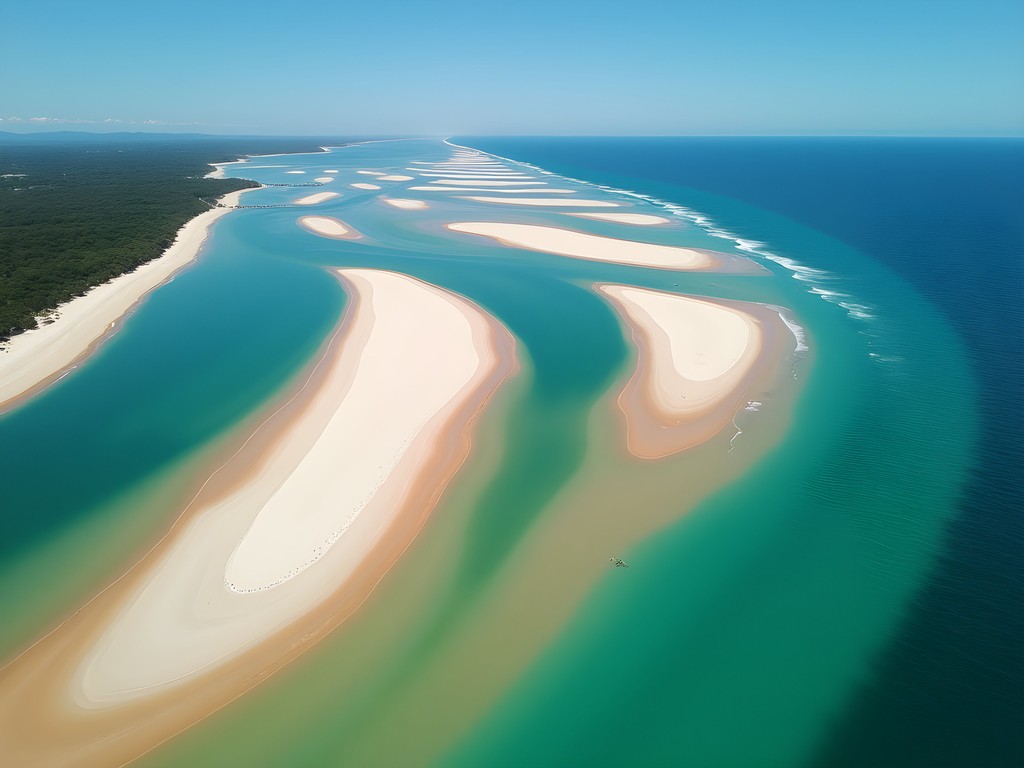
💡 Pro Tips
- Time your visit to Elliott Heads with outgoing tide to safely explore the temporary sand islands
- Bring polarized sunglasses to better spot marine life in the Coral Cove tide pools
- Pack a thermos of tea or coffee for Bargara's Basin Beach, as morning temperatures can be surprisingly cool in winter
Final Thoughts
After decades of tracking down people who didn't want to be found, I've discovered that beaches share a similar quality—the most precious ones require effort and intuition to locate. These ten hidden paradises along the Great Barrier Reef coastline offer couples the increasingly rare opportunity for genuine seclusion in settings of extraordinary natural beauty. As development continues along Queensland's coast, such unspoiled locations will become ever more precious. Visit them with respect, leave no trace of your presence, and perhaps keep one or two as your own special secret. After all, not every discovery needs to be shared with the world. As for me, I've already begun planning my return visit for next winter, with new coordinates marked in my investigator's notebook and fresh beaches to uncover.
✨ Key Takeaways
- Winter (June-August) offers ideal conditions for exploring secluded beaches with mild temperatures and fewer visitors
- The most rewarding beach experiences often require extra effort to access via hikes, boat charters, or rough roads
- Local knowledge is invaluable—strike up conversations with residents for directions to unmarked access points
📋 Practical Information
Best Time to Visit
Australian winter (June-August)
Budget Estimate
$150-300 AUD per day for couples (excluding flights)
Recommended Duration
7-10 days
Difficulty Level
Moderate

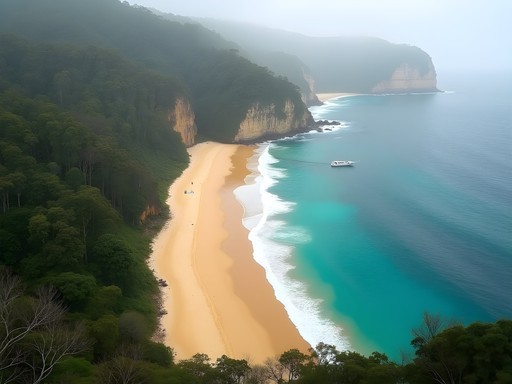
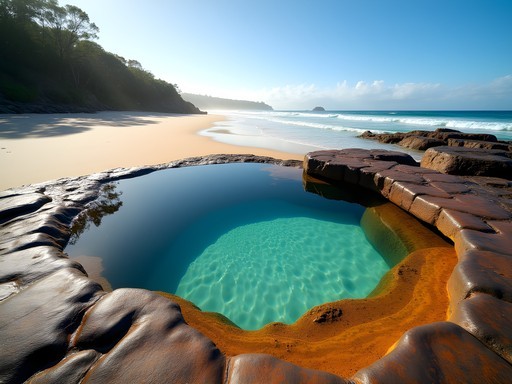
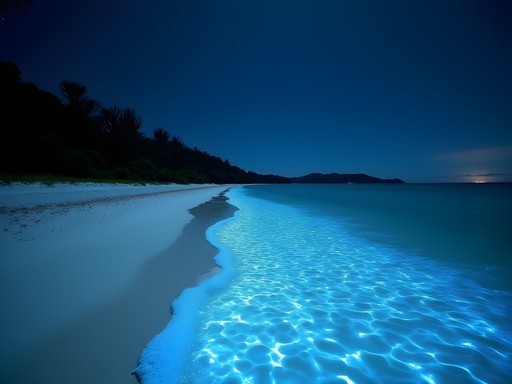
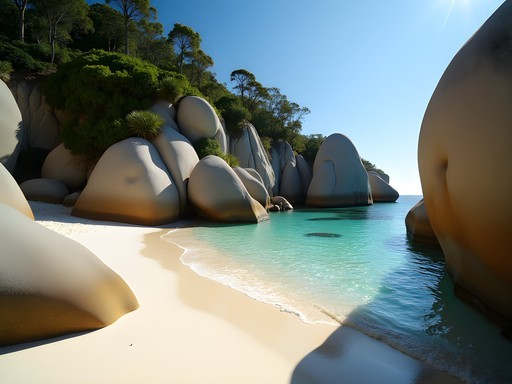
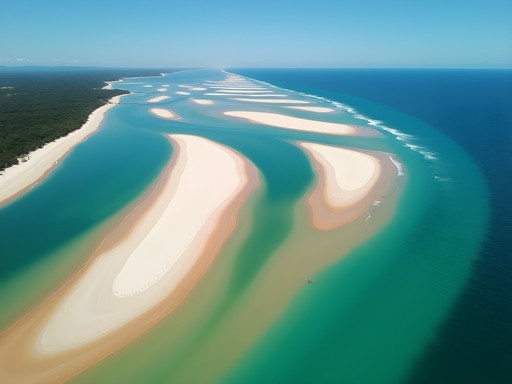



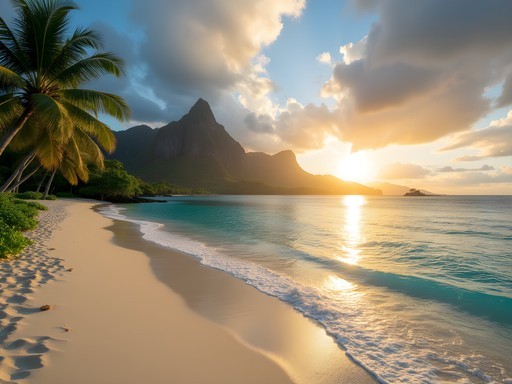

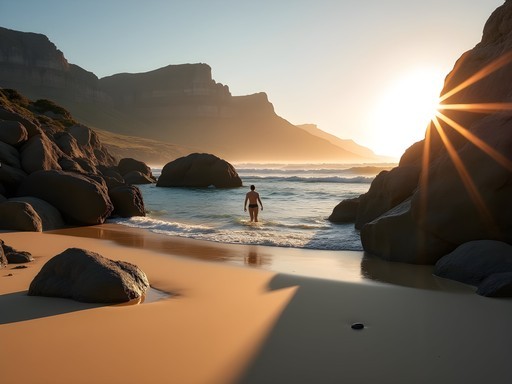
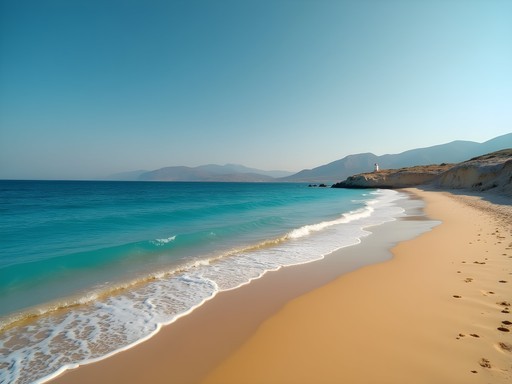
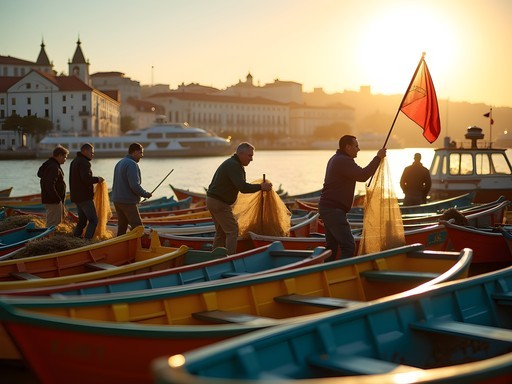
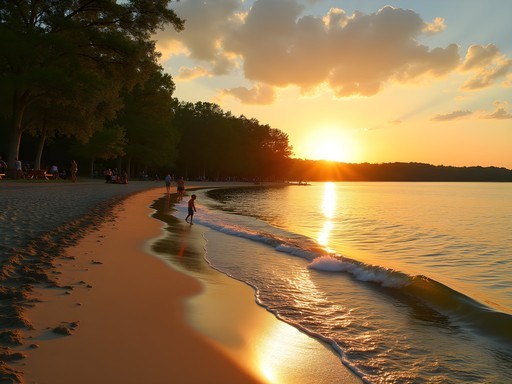
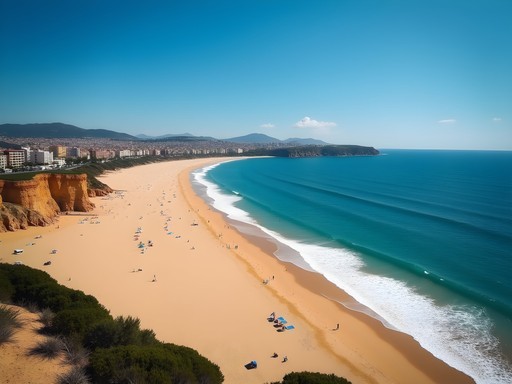
Comments
SunSeeker55
That shot of the northern beach at sunrise is absolutely stunning! What camera do you use?
WanderingFoodie
Great post! Are any of these beaches accessible without a car? Thinking about public transport options.
cityhero
I got to the Port Douglas ones using the shuttle buses from Cairns. They're pretty regular during high season.
Lillian Diaz
Public transport is decent along the main coastal areas, but for the really hidden spots, you might need to join a tour or make friends with locals! I hitchhiked a few times (as a female traveler with a buddy) and met some amazing people who showed us their secret spots.
AussieTraveler
As a local, I'd add Etty Bay to this list! It's tiny but you'll often see cassowaries wandering right onto the beach in the early morning. Just keep your distance from them!
Lillian Diaz
This post brings back so many memories! I did a 3-month backpacking trip along the Queensland coast and discovered some of these gems. Mission Beach was my absolute favorite - I stayed at an eco-hostel nearby and had entire stretches of beach to myself. The locals told me about a tiny cove just north of the main area that required a 20-minute hike through the rainforest. Ended up swimming with a sea turtle there! One tip: if you're heading to the Whitsundays region, consider taking one of the smaller boat tours instead of the big catamarans. They'll take you to beaches that aren't in any guidebook. I used my dry bag constantly since there were lots of boat trips and sudden tropical showers.
BeachDreamer92
Which eco-hostel did you stay at near Mission Beach? Planning a trip for November!
Lillian Diaz
It was called Sanctuary Eco-Lodge - basic but super friendly and they organize rainforest walks. Book early though, they only have about 10 rooms!
cityhero
Finally some spots that aren't swarming with tourists! Those Magnetic Island coves look amazing.
Lillian Diaz
I spent a week exploring Magnetic Island last year and it was incredible! The walk to Balding Bay is a bit rough but totally worth it. Barely saw another soul there all day.
cityhero
Did you need a car to get around the island?
Lillian Diaz
You can actually use the local bus system pretty easily! I rented a bike for one day to reach some of the more distant spots. Saves money and is more eco-friendly.
dreamguide
Are any of these beaches good for families with young kids? Looking for calm waters and maybe some shade. My little ones burn easily!
Nicole Russell
Not the author, but I'd recommend Ellis Beach north of Palm Cove! It wasn't mentioned in this post (maybe because it's not super hidden) but it has calm waters, some shade from palm trees, and fewer people than the main tourist beaches. Perfect for kids!
dreamguide
Thanks Nicole! That sounds perfect for us. Appreciate the tip!
sunsethero
Those pics of Oak Beach are insane! Adding to my bucket list right now.
Haley Hamilton
This post brings back memories! I stumbled upon Nudey Beach on Fitzroy Island back in 2019 before it got more attention. I literally gasped when I emerged from the forest path and saw that pristine white coral beach. What made it special wasn't just the beauty but the journey to get there - that walk through the rainforest creates such an amazing reveal moment. One tip for anyone heading to these hidden gems: go EARLY. By noon, even the "secret" beaches can get a handful of visitors. I arrived at 7am and had the entire beach to myself for almost two hours. Pure magic. Also, Yuki's point about checking tides is crucial - I've been caught out before trying to visit beaches that practically disappear at high tide!
dreamguide
Haley, do you think early December is a good time to visit these spots? Or is it too hot/rainy by then?
Haley Hamilton
Early December can work well! It's technically the start of wet season but often you'll get hot days with brief afternoon showers. The real heavy rains usually come Jan-Mar. Plus fewer crowds than peak dry season!
beachchamp
Just got back from the Whitsundays and wish I'd seen this post before going! We spent all our time at Whitehaven (which was stunning, don't get me wrong) but totally missed Chance Bay. The boat tours really don't mention these alternative spots. Next time I'll definitely charter a small boat to explore some of these hidden beaches. Btw, we used reef-safe sunscreen which worked amazingly well even during snorkeling.
Nicole Russell
Yuki, this post is EXACTLY what I needed! I visited the GBR last year but only hit the tourist hotspots. I'm heading back to Queensland in November and determined to find those hidden gems. That little cove you mentioned on Magnetic Island (Balding Bay) was actually on my radar - I heard you have to hike about 45 minutes to get there? Is it worth bringing snorkel gear for that spot specifically? Your detailed directions for the Port Douglas area beaches are going in my travel notes! 💙
Yuki Hicks
Absolutely bring snorkel gear to Balding Bay! The rocky outcrops on the north end have some beautiful coral formations. And yes, it's about a 40-minute hike from Horseshoe Bay - wear good shoes and bring plenty of water, especially in November!
Venture X
Premium card with 2X miles, $300 travel credit, Priority Pass